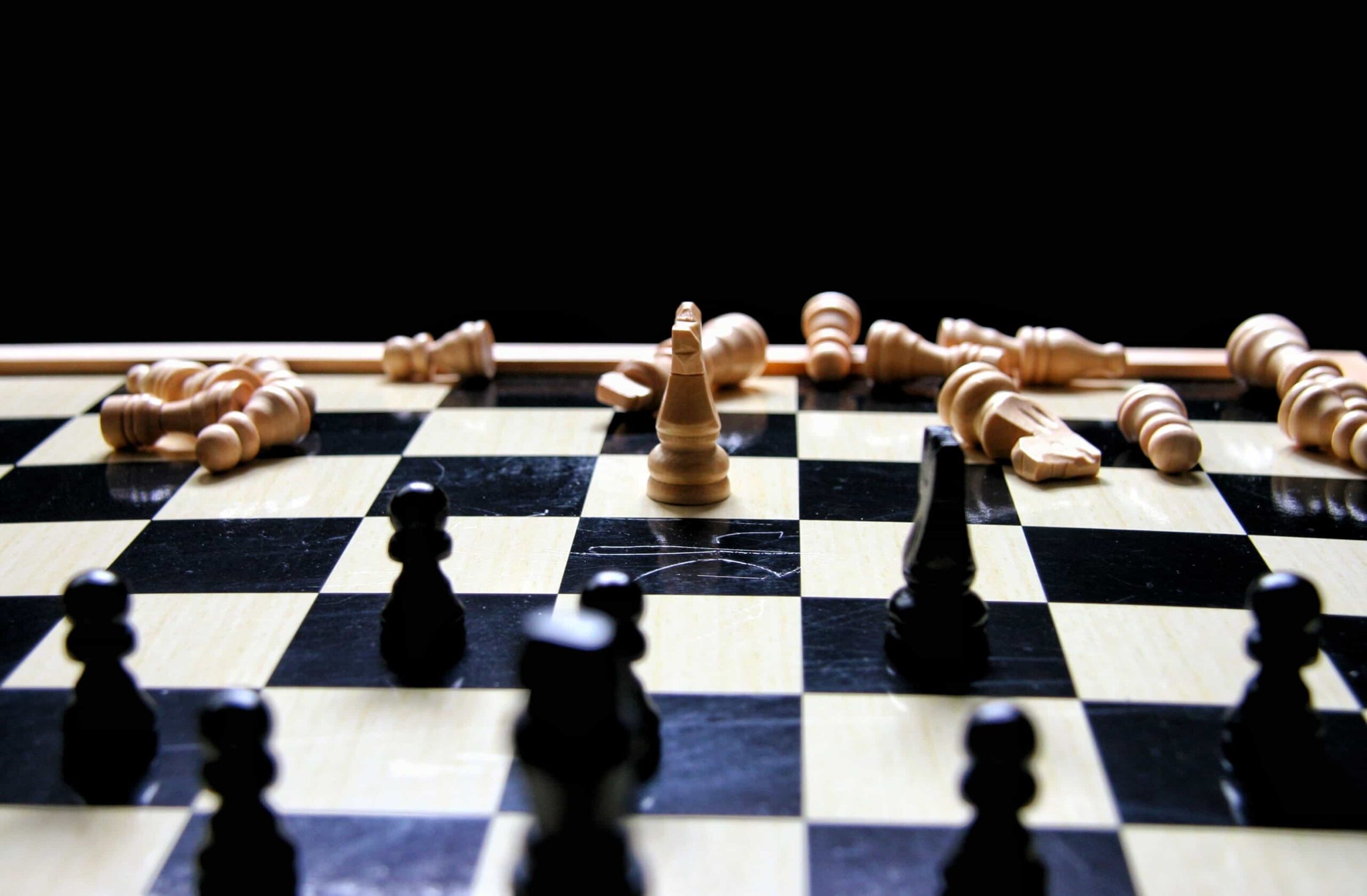A draw in chess can be a confusing concept for beginners. Even more, experienced chess players might not understand all the intricacies involved in achieving a draw. So, what is a draw in chess? This may occur when neither player has enough material to checkmate the other (i.e., the king is not in check and there are no pawns left on the board), or when both players have agreed to a draw.
This can also happen when both sides agree to a draw, or when one player has lost all of their pieces but still has a king remaining (known as a stalemate). This blog post will explore what is a draw in chess, and how you can achieve one yourself.
Another Interesting Read: How To Store Lego Sets
What Is A Draw In Chess And How Does It Happen?
There are several ways that a draw can be reached, and each has its own set of rules. What is a draw is chess! A draw in chess can be defined as a situation where both players have no more possible moves left and the game is considered over.
Essentially, a draw in chess can happen when both players have no more possible moves left on the board. In addition, a player can also agree to a draw with their opponent. What’s more, if one player has lost all of their pieces but still has their king remaining!
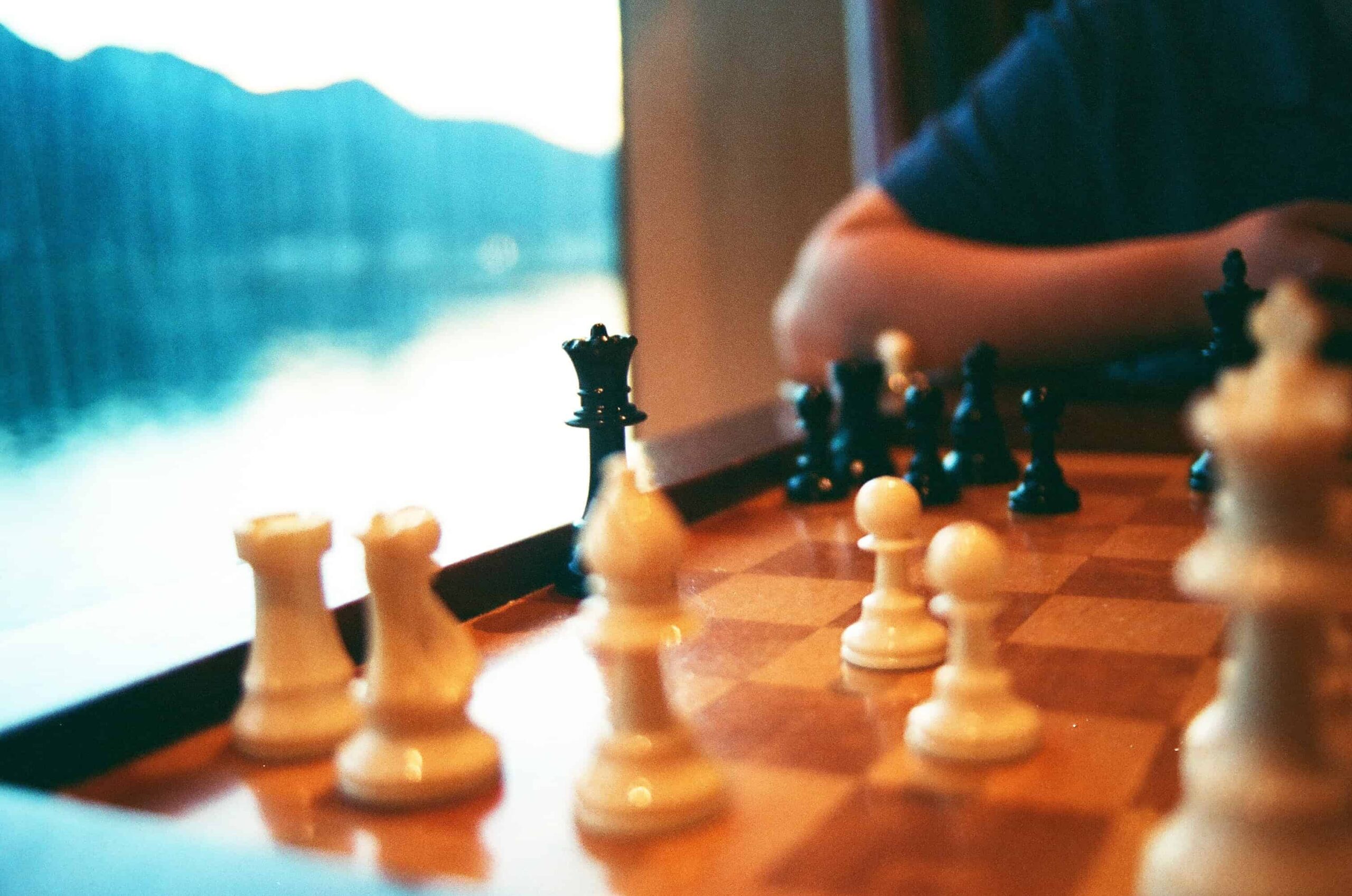
There are some situations in which a draw is not possible, even if both players have no more pieces. For example, a draw cannot happen if one player has a king and no other pieces, and the other player has a king and one or more pawns.
In this case, the player with the pawn(s) can always checkmate the player with the king. If neither player has enough pieces to checkmate the other, the game is a draw. This can happen in several ways:
- The player with the white pieces has a king and bishop, and the player with the black pieces has only a king.
- The player with the white pieces has a king and knight, and the player with the black pieces has only a king.
- The player with the white pieces has a king and two pawns, and the player with the black pieces has only a king.
- The player with the white pieces has a king and one pawn, and the player with the black pieces has only a king.
In each of these cases, the player with more pieces (the king and a bishop, the king and a knight, the king and two pawns, or the king and one pawn) cannot checkmate the player with the fewer pieces (the king).
How Do You Achieve A Draw In Chess?
As you know what is a draw in chess so how to achieve it! There are several ways to achieve a draw in chess, and each has its own set of rules. The most common way to achieve a draw is by mutual agreement. This happens when both players agree to a draw, and the game is over. A way to achieve a draw is by having insufficient material to checkmate.
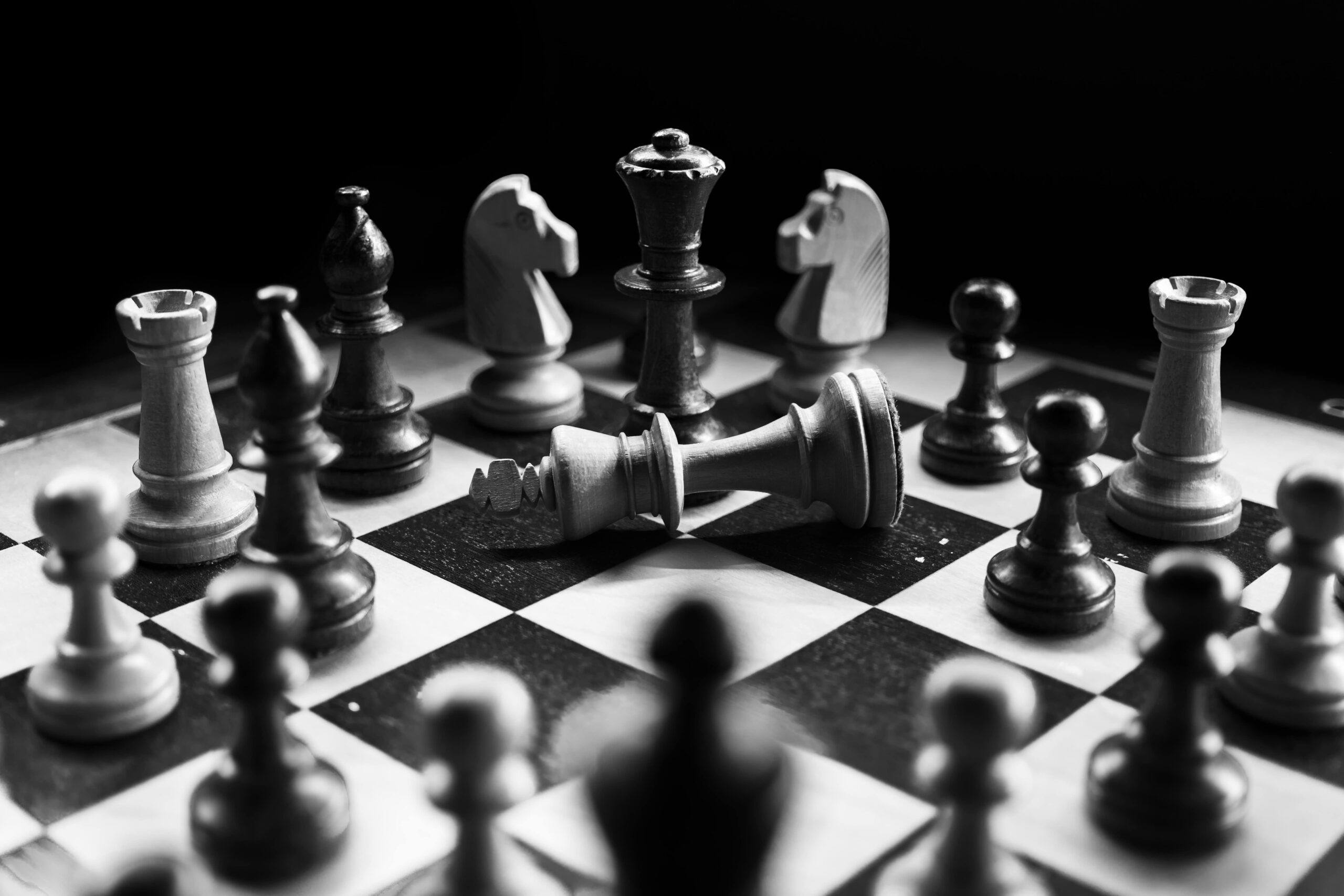
This happens when neither player has enough pieces to checkmate the other, and the game is a draw. Another way to achieve a draw is by stalemate. Finally, a draw can also be achieved if one player has been checkmated and the other player does not have enough material to checkmate.
When Is It Most Advantageous To Offer Or Accept A Draw During A Chess Match?
A draw can be beneficial for both players involved in the game. A player may offer a draw to their opponent when they are ahead in the game, and they do not want to risk losing their lead. A player may also accept a draw when they are behind in the game and do not want to risk losing the game.
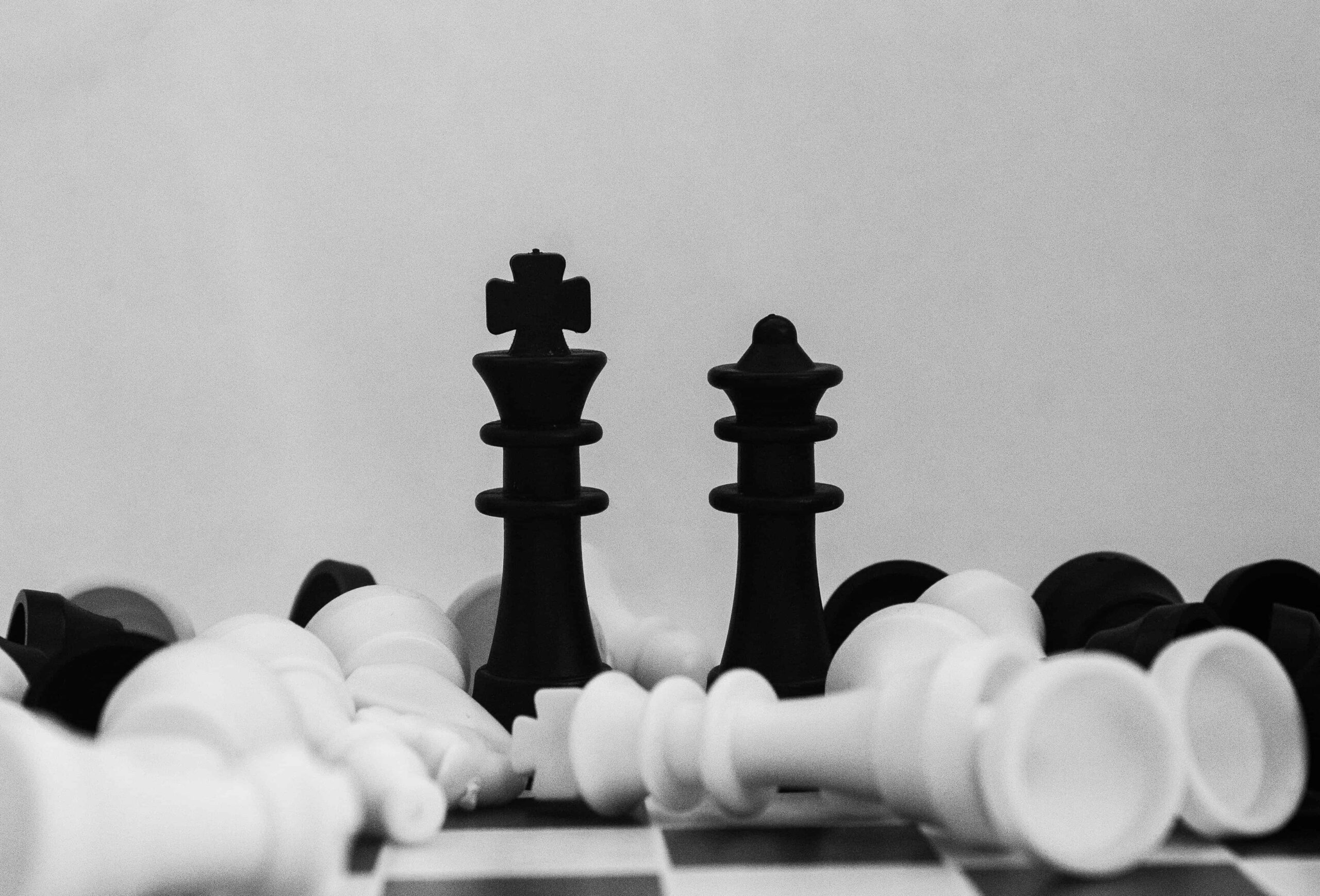
If both players have lost all their pieces except for a king, the game is a draw if neither player can checkmate the other. This can happen if:
- The kings are on adjacent squares, and neither can move without being captured by the other player.
- The kings are on opposite squares, and there is no way for either king to cross the board and reach the other player’s square.
- One king is captured, and the other king cannot make a legal move.
- Both kings are in check, but neither player can move without their king being captured.
A draw can also be agreed upon by both players at any point during the game. If both players agree to a draw, the game is over and neither player wins or loses.
How Do You Know If You’re About To Lose And Should Offer A Draw?
The best way to know if you’re about to lose is by keeping track of the moves made throughout the game. If you see that your opponent is about to make a move that will put you in checkmate, it might be a good idea to offer a draw.
However, if you’re not sure whether you’re going to lose, it’s best to wait until the end of the game to offer a draw. This will give you a better chance of winning the game. Can you force a player to accept or offer a draw during a chess match? No, a player cannot force their opponent to accept or offer a draw during a chess match.
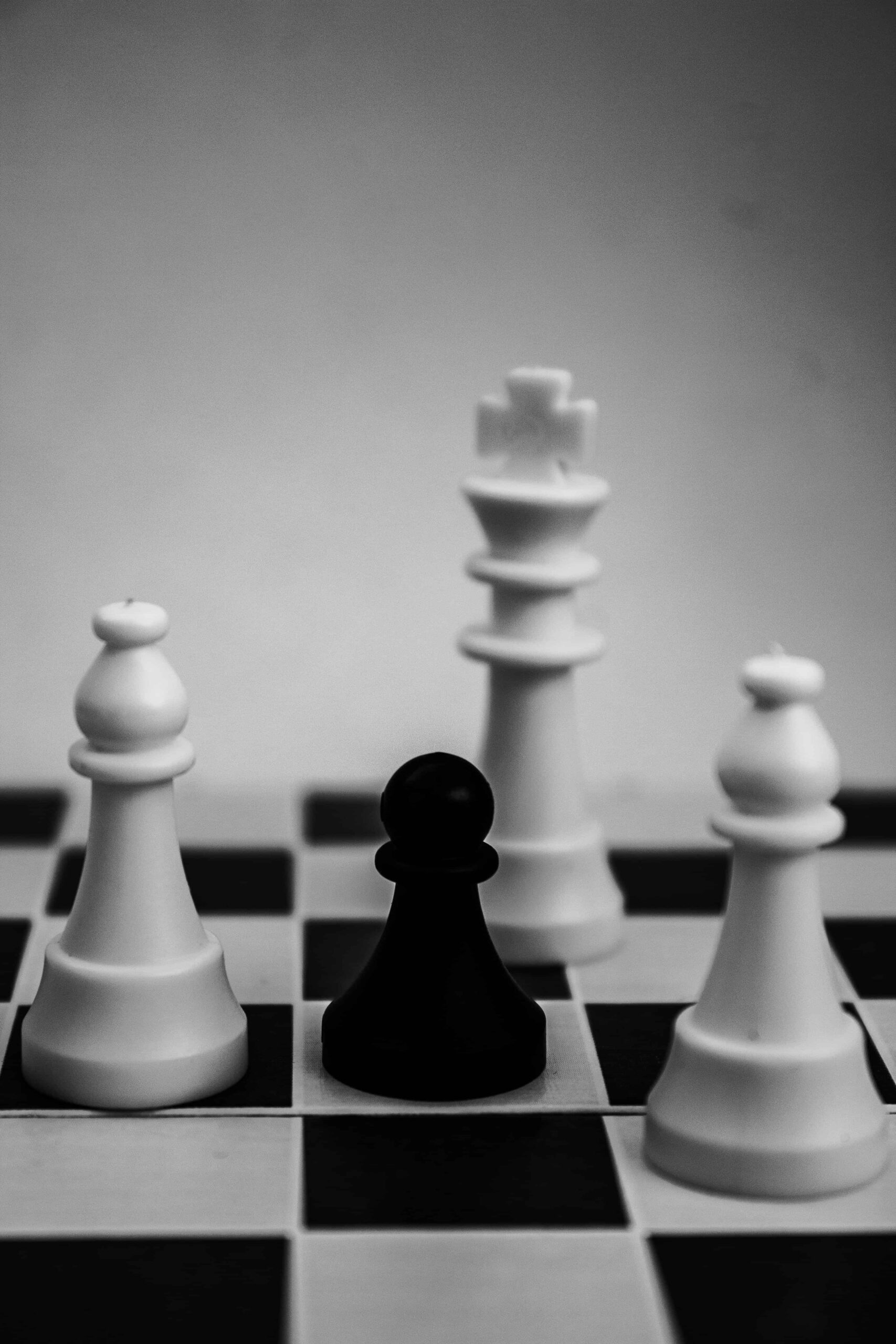
A player can only offer or accept a draw if both players agree to it. What if one player wants to offer a draw and the other doesn’t? If one player wants to offer a draw and the other doesn’t, the game will continue as normal. The player who doesn’t want to accept the draw can keep playing, and the player who offered the draw can’t do anything to force their opponent to accept it.
Parting Words – What Is A Draw In Chess!
Now you know all aspects of what is a draw in chess. If you want to achieve a draw in your next chess match, it’s important to understand these different scenarios and how they work. With this information under your belt, you should have no trouble reaching a peaceful stalemate with your opponent! Now, why not move to common chess blunders and the recipe to checkmate your opponent in 4 moves!
You Might Also Like:
What Is A Blunder In Chess?
How To Win Chess In 4 Moves
What Is A Stalemate In Chess?
